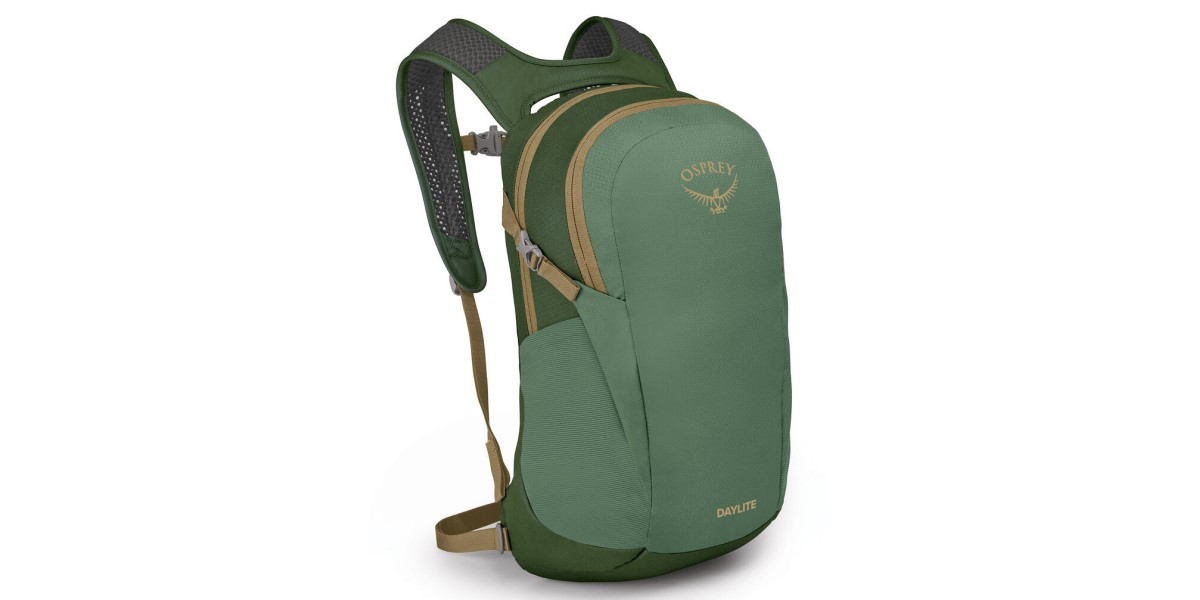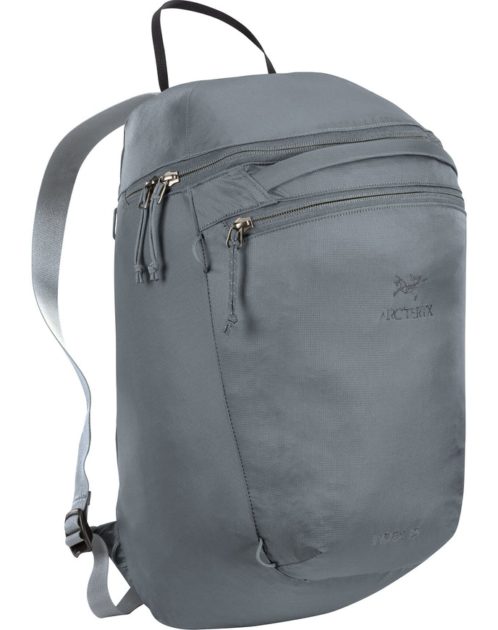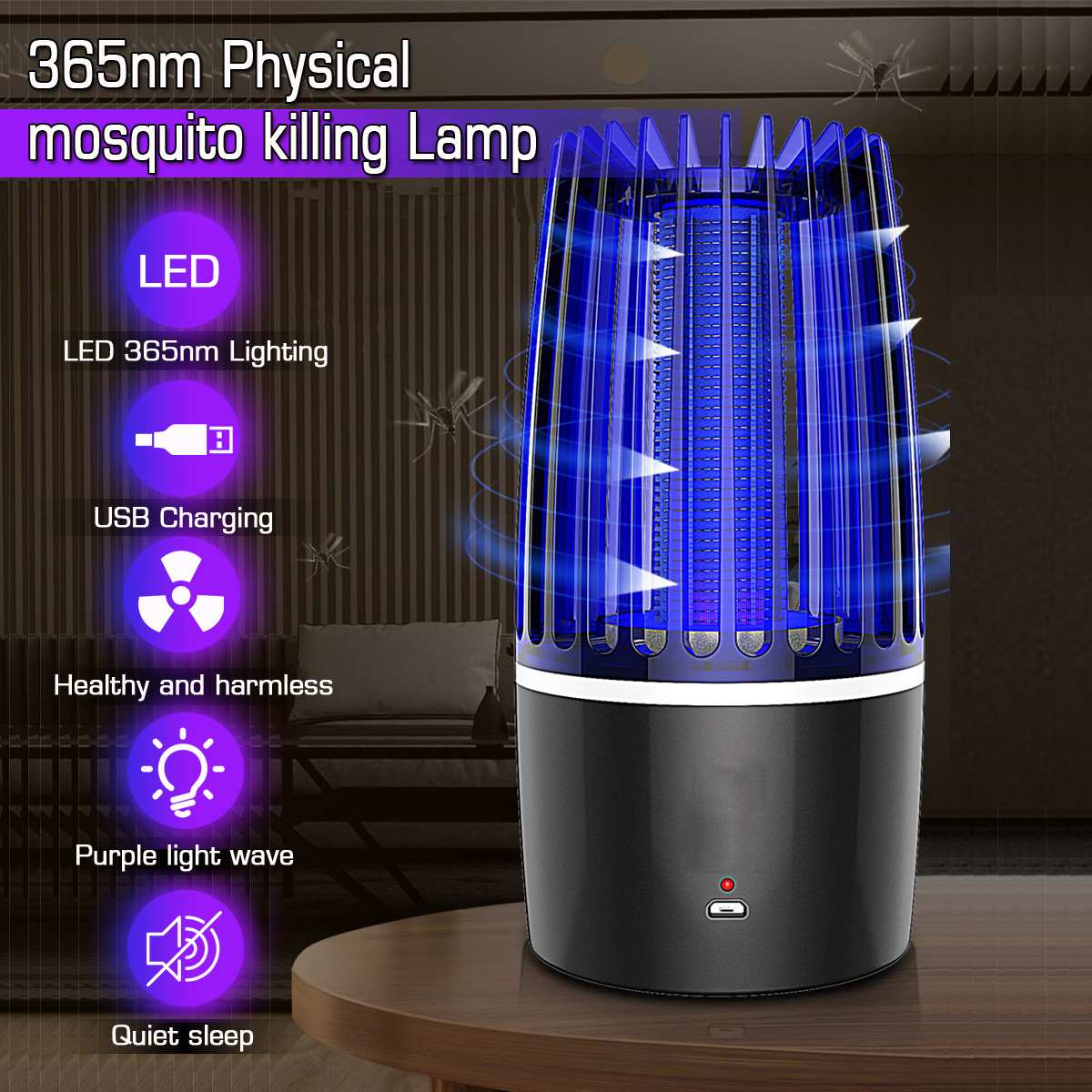It’s no secret that hiking can be a great way to get exercise and enjoy the outdoors. But for many people, the thought of carrying a heavy backpack while hiking is enough to deter them from giving it a try. However, if you know how to wear a hiking backpack properly, you’ll find that it’s not nearly as cumbersome as you may think.
What To Consider When Choosing A Backpack
Before we get into how to wear a hiking backpack, let’s first discuss what to look for when choosing one.
Measuring For A Backpack
First and foremost, when looking for a hiking pack is to choose the right one for you. To figure out which hiking backpack will work best, you need to measure your back from your iliac crest to the C7 vertebrae.
Which vertebra is the C7, you might ask? The easiest way to find the C7 vertebrae is to look down directly towards the ground and feel for a vertebra that sticks out the farthest from the back of your neck.
What exactly is the iliac crest? The iliac crest is the highest point of your hip bone, located on either side of your lower back.
Using this measurement, you can choose the right size and fit for your hiking backpack. Most sizes are available in small, medium, and large sizes based on torso size length, which is the measurement we just went through above.
One thing to note, not all companies or brands are uniform in their measurements from one to the other. Be sure to check each companies websites to compare measurements.
It’s also a great idea to go to a specialty store for your hiking backpack, as the associates will likely be well trained in measuring your body for the best fitting pack.
Choosing A Frame
Now that you know how to measure your back length, it’s time to choose a hiking backpack with the appropriate dimensions. Ideally, the backpack should have a frame that’s about an inch shorter than your back length.
If you’re unsure of what kind of frame to choose, keep in mind that there are three different types of backpack frames:
Internal: Internal frames are the most popular type of backpack frame and are often used for multi-day hikes. They’re designed to distribute weight evenly and have a more comfortable fit than the other two options.
External: External frames are typically used for heavier loads and are more durable than the internal frame option. They’re also a good choice if you plan on carrying items on the outside of your backpack, such as a sleeping bag or tent.
Frameless: Frameless backpacks offer minimal support and structure, but can be a good choice for short hikes or those who don’t want to carry a lot of weight.
Hiking Backpack Features
Now that you know how to measure for a backpack and what kind of frame to choose, let’s discuss some of the features you should look for in a hiking backpack.
Ventilation: When wearing a hiking backpack, it’s important to make sure that there is adequate ventilation. This will help to keep your back cool and dry, which can help prevent chafing or blisters from forming.
Padding: A good quality hiking backpack should have padding in all of the right places. Look for padding around the shoulders and waist straps for added comfort.
Hydration: Many hiking backpacks come equipped with hydration packs, which are perfect for ensuring that you can stay hydrated while on the trail. If your pack doesn’t have a built-in hydration pack, consider purchasing one separately and attaching it to your backpack.
With these tips in mind, you’ll be able to choose the perfect hiking backpack for your next adventure. Now let’s get into how to wear a hiking backpack and adjust it correctly.
How To Adjust A Backpack For A Perfect Fit
Now that we know what to look for in a backpack, let’s discuss how to adjust it for the perfect fit.
- First, put on the backpack and loosen all of the straps. Then, tighten the straps so that the backpack is snug but not too tight. The key is to find the right balance of tightness – not too loose, but not too tight either.
- Next, make any necessary adjustments to the waist strap and hip belt. The goal here is to evenly distribute your weight across your hips for maximum comfort and stability.
- Finally, adjust the straps on the shoulder harness so that there is no pulling or digging in. Again, it’s important to find a good balance here so that your pack is snug and secure, but not too tight.
Tips For Packing A Backpack Correctly
Once you have your hiking backpack set up and adjusted, it’s time to pack it for your next adventure. Here are a few tips for packing your backpack correctly:
- Start with the lightest items at the bottom of your backpack and work upwards from there. This will help to evenly distribute the weight of your pack.
- Heavy items should be placed closer to your back, and in the middle of the pack if possible.
- Mid weight items should be placed toward the top and sides of your pack.
- Make sure that all of your gear is securely packed and won’t shift around while you’re hiking.
- Organize your backpack so that you can easily access the items you need while on the trail.
With these tips in mind, you’ll be able to pack your hiking backpack correctly and comfortably.
How To Wear A Hiking Backpack For Maximum Comfort
Now that we know how to adjust and pack a backpack, let’s discuss how to wear it for maximum comfort.
Adjust: Make sure that your backpack is properly adjusted. This means that the straps should be snug but not too tight, and the waist belt should be worn low on your hips.
Distribute: Use both shoulder straps to evenly distribute the weight of your pack. This will help keep you comfortable and prevent any shoulder or back strain.
Stabilize: Use the hip belt and waist strap to stabilize your pack. This will help prevent any unwanted shifting of your gear, which can be uncomfortable and cause injuries. If your backpack has a sternum strap, make sure to use it. This will help to secure the shoulder straps and keep them from slipping.
Lift: Adjust the load-lifters so that they are positioned at a 45 degree angle. This will take some of the weight off of your shoulders and help to distribute it more evenly.
Shift: If you need to adjust your pack while on the trail, simply loosen the straps and shift your pack until it’s in a comfortable position.
Lighten: Whenever possible, try to lighten your load. This will make it easier to hike long distances and can help prevent injuries.
With these tips in mind, you’ll be able to wear a hiking backpack with comfort and ease.
Additional Tips For Hiking With A Backpack
Here are some additional tips to keep in mind when hiking with a backpack:
- Always stay well hydrated, and bring plenty of water with you on the trail.
- Be sure to dress appropriately for the weather, and wear clothing that is breathable and moisture-wicking.
- Plan ahead and pack any necessary gear for all possible scenarios. This might include items like a first aid kit, snacks, and extra clothing layers.
- Take regular breaks to rest and refuel. This will help you stay safe and comfortable on the trail.
- Choose a backpack that fits your body type. If you’re taller or have a longer torso, look for a backpack with an adjustable frame.
- If possible, try on your backpack before purchasing it. This will help you make sure that it’s comfortable and the right size.
- If you’re carrying a heavy load, consider using trekking poles or a hiking stick to help distribute the weight more evenly.
- Give yourself plenty of time when packing your backpack and adjusting it for your hike. This will help you avoid rushing or making mistakes that could lead to discomfort or injuries.
- Always be mindful of how heavy your pack is, and take frequent breaks as needed to prevent fatigue or strain.
With these tips in mind, you’ll be able to safely and comfortably tackle even the toughest hiking trails while wearing a backpack.
Final Thoughts
Now that you know how to wear a hiking backpack for maximum comfort, it’s time to hit the trails! With these tips in mind, you’ll be able to hike with ease and comfort. Just make sure to always stay well hydrated and dress appropriately for the weather. And most importantly, have fun!
Frequently Asked Questions
Where should a hiking backpack sit?
The ideal position for a hiking backpack is low on your hips, with the shoulder straps snugly secured. This will help to evenly distribute the weight of your pack, reducing strain and discomfort on both your back and shoulders. If possible, try using trekking poles or a hiking stick to further distribute the weight more evenly. And remember to always adjust your pack as needed throughout your hike, using the load-lifters and other straps to find a comfortable position.
How should a hiking backpack fit a woman?
For a woman, the ideal hiking backpack should have a shorter torso length and narrower shoulders. Look for a pack with adjustable straps so that you can customize the fit to suit your body type. And remember to always try on your backpack before purchasing it, to make sure that it’s comfortable and has the right features for your needs.
Where do you put your hip belt on a backpack?
The hip belt of your hiking backpack should sit around the top of your hips, just under your rib cage. The purpose of a hip belt is to help transfer some of the weight from your shoulders to your hips, reducing strain on your back and allowing you to hike more comfortably. Make sure that the hip belt is securely fastened, so that it doesn’t shift or slide around while you’re hiking. And remember to regularly adjust your pack as needed throughout your hike, using the load-lifters and other straps to find a comfortable position.
How do you wear a backpack without hurting your back?
There are a few things you can do to avoid hurting your back when you wear a hiking backpack. First, make sure that your pack fits properly and is the right size for your body type. Second, adjust the straps of your backpack so that it sits low on your hips and distribute the weight evenly. And finally, be mindful of how much weight you’re carrying in your backpack, and take frequent breaks as needed to prevent strain or fatigue.
How tight should a hip belt fit?
The hip belt of your backpack should be tight enough that it doesn’t shift or slide around, but loose enough that you can still breathe comfortably. If you’re carrying a heavy load, you may need to adjust the hip belt periodically throughout your hike to redistribute the weight more evenly.
How do I know if my backpack is too heavy?
If you’re feeling tired or sore after only a short period of time, then your backpack is likely too heavy. Other common signs that your pack may be too heavy include slouching posture and difficulty breathing when wearing the backpack. If you notice any of these symptoms, try lightening your load by removing unnecessary items from your pack. And if you’re still having difficulty, consider investing in a lighter weight backpack.
What are the best hiking backpacks for women?
There is no one “best” hiking backpack for women, as the ideal pack will vary depending on your individual needs and preferences. However, some popular features to look for in a women’s specific hiking backpack include a shorter torso length, narrower shoulder straps, and adjustable straps for a custom fit. And remember to always try on your backpack before purchasing it, to make sure that it’s comfortable and has the right features for your needs.
Can you add a hip belt to a backpack?
Yes, it is possible to add a hip belt to a backpack. Many hiking backpacks come with an integrated or removable hip belt that can be easily attached or removed as needed. Alternatively, you may also be able to purchase an aftermarket hip belt separately, which can typically be easily attached using Velcro straps or other types of fasteners. No matter how you choose to add a hip belt to your pack, just make sure that it fits securely and provides the right amount of support for your body type.
How can I make my backpack more comfortable?
If your backpack is causing you discomfort, there are a few things you can do to make it more comfortable. First, try adjusting the straps of your backpack to find a better fit. Second, add a hip belt to help distribute the weight more evenly. And finally, be mindful of how much weight you’re carrying in your backpack, and take frequent breaks as needed to prevent strain or fatigue.
Featured Photo by Samuel Bordo on Unsplash





